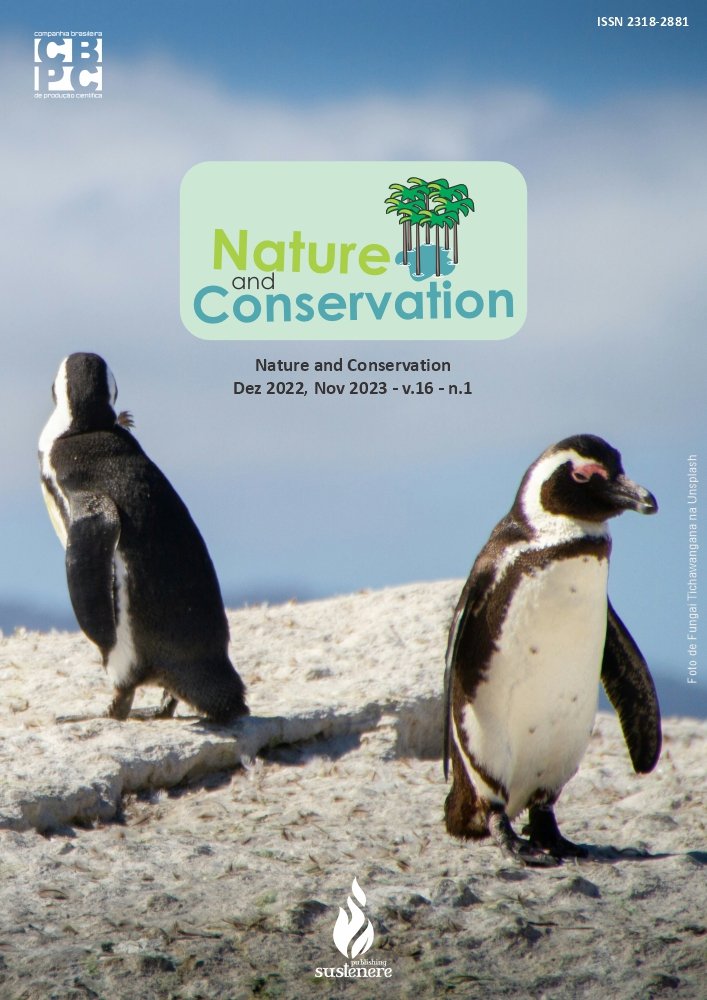Study of climate elements on bovine milk production in the climate transition region
DOI:
https://doi.org/10.6008/CBPC2179-6858.2022.009.0013Keywords:
Dairy production chain, Milk composition, Climate variables, Somatic cells, Food securityAbstract
Climatic variations can generate bovine thermal stress, influencing the production, composition and quality of milk. This study aimed to investigate the effects of the seasons and the temperature and humidity indices on the composition, quality and milk production of cows, between the years 2017 and 2021. Milk production data from 45 cows were used. of the Dutch breed, reared in an evaporative cooling system in the transition region from the subtropical to the rainy tropical climate, Maringá-Pr. The variables that make up the study refer to climate (rainfall, temperature, relative humidity and THI), production and milk composition of the herd (lactose, fat, protein, urea, total solids and somatic cell count. The evaluation of these was performed by Analysis of Variance and Tukey test. It was observed that milk production in summer (11.55 ± 3.56) decreased when compared to milk production in winter (11.96 ± 3.74). THI ≥72 (14.36 ± 5.28) than for THI values <72 (12.91 ± 5.32) In relation to somatic cells present in milk, we found that extreme temperatures in the seasons increased their quantity, reducing milk production in cases of mild, moderate and severe mastitis (2.75%; 3.95%; and 6.84%, respectively. Likewise for the percentages of lactose (4.47%; 6.38% and 11.27% , respectively). On the other hand, the increase in CCS resulted in an increase in the percentages of prot eine (1.74%; 1.74% and 7.53%, respectively) and milk fat (4.47%; 6.38% and 11.27%, respectively). Climatic variables and thermal comfort minimally interfere with milk production in Holstein cows raised with an evaporative cooling system in the transition region from subtropical to rainy tropical climate. The seasons of the year can influence the composition and somatic cell count variables of milk. Furthermore, the amount of somatic cells present in milk alters the production and composition of milk.
Downloads
Downloads
Published
Issue
Section
License
Copyright (c) 2023 Ibero-American Journal of Environmental Sciences

This work is licensed under a Creative Commons Attribution-NonCommercial-NoDerivatives 4.0 International License.
The CBPC - Companhia Brasileira de Produção Científica (Brazil CNPJ: 11.221.422/0001-03) the material rights of the published works. The rights relate to the publication of the work anywhere in the world, including rights to renewals, expansions and dissemination of the contribution, as well as other subsidiary rights. All electronically published works may subsequently be published in printed collections under the coordination of this company and / or its partners. The authors preserve the copyright, but are not allowed to publish the contribution in another medium, printed or digital, in Portuguese or in translation.









